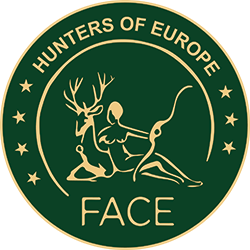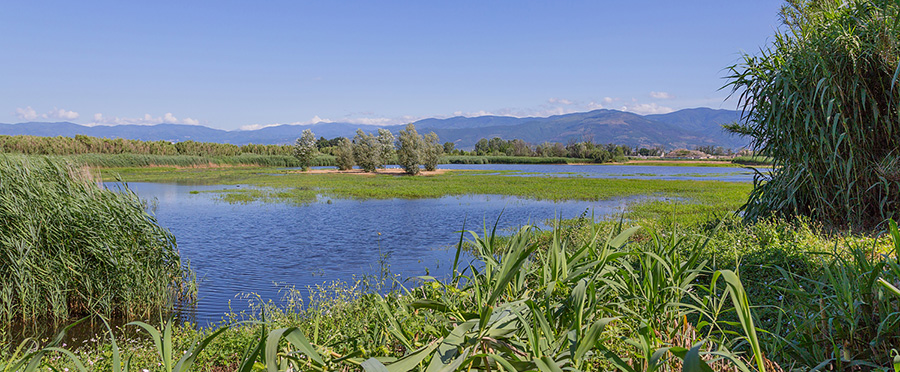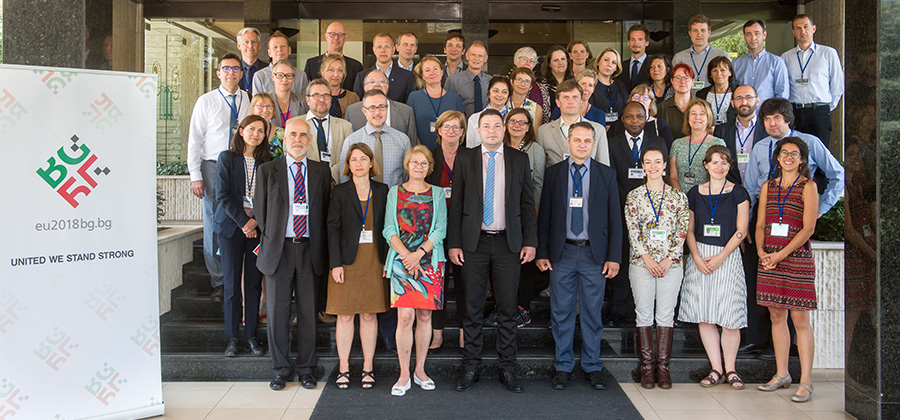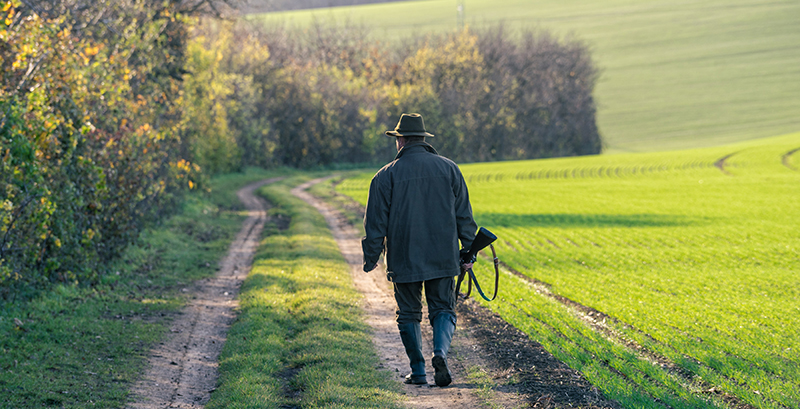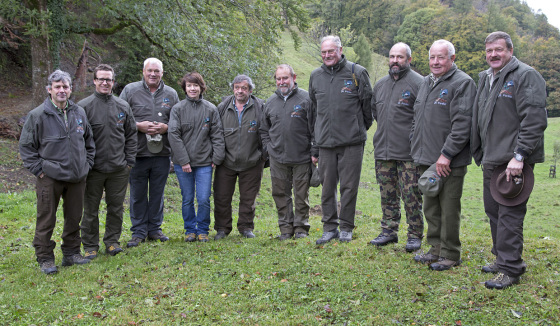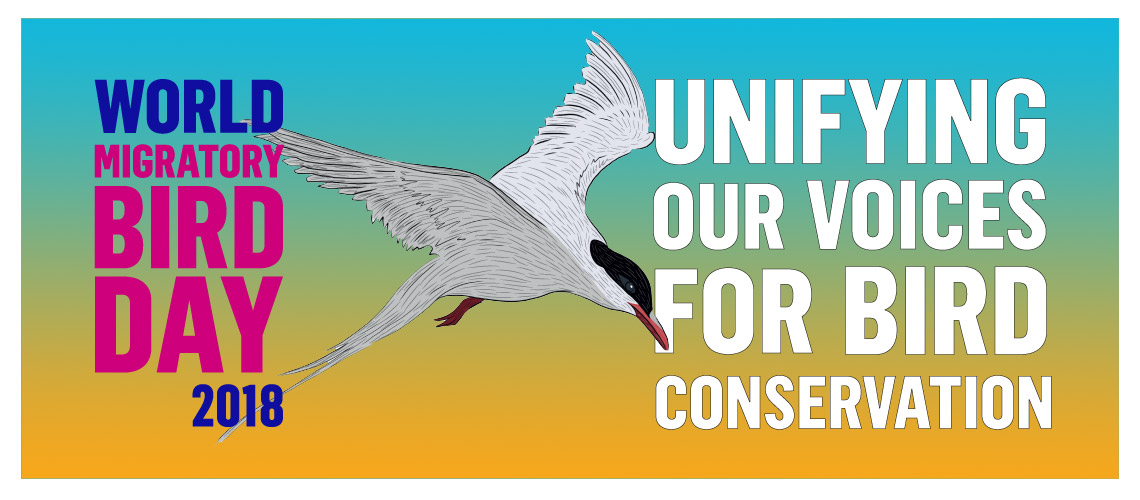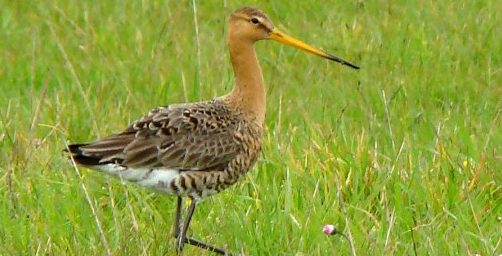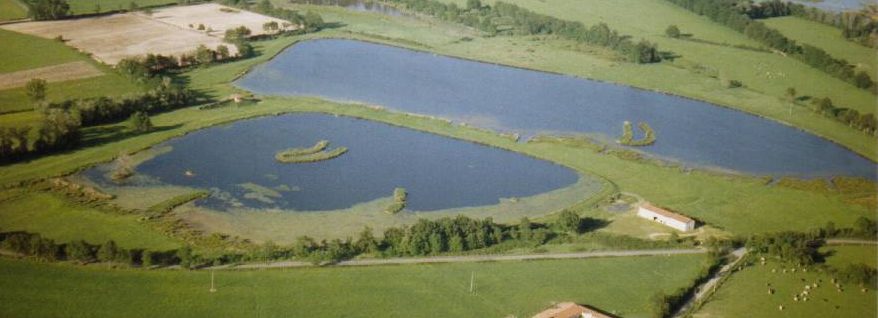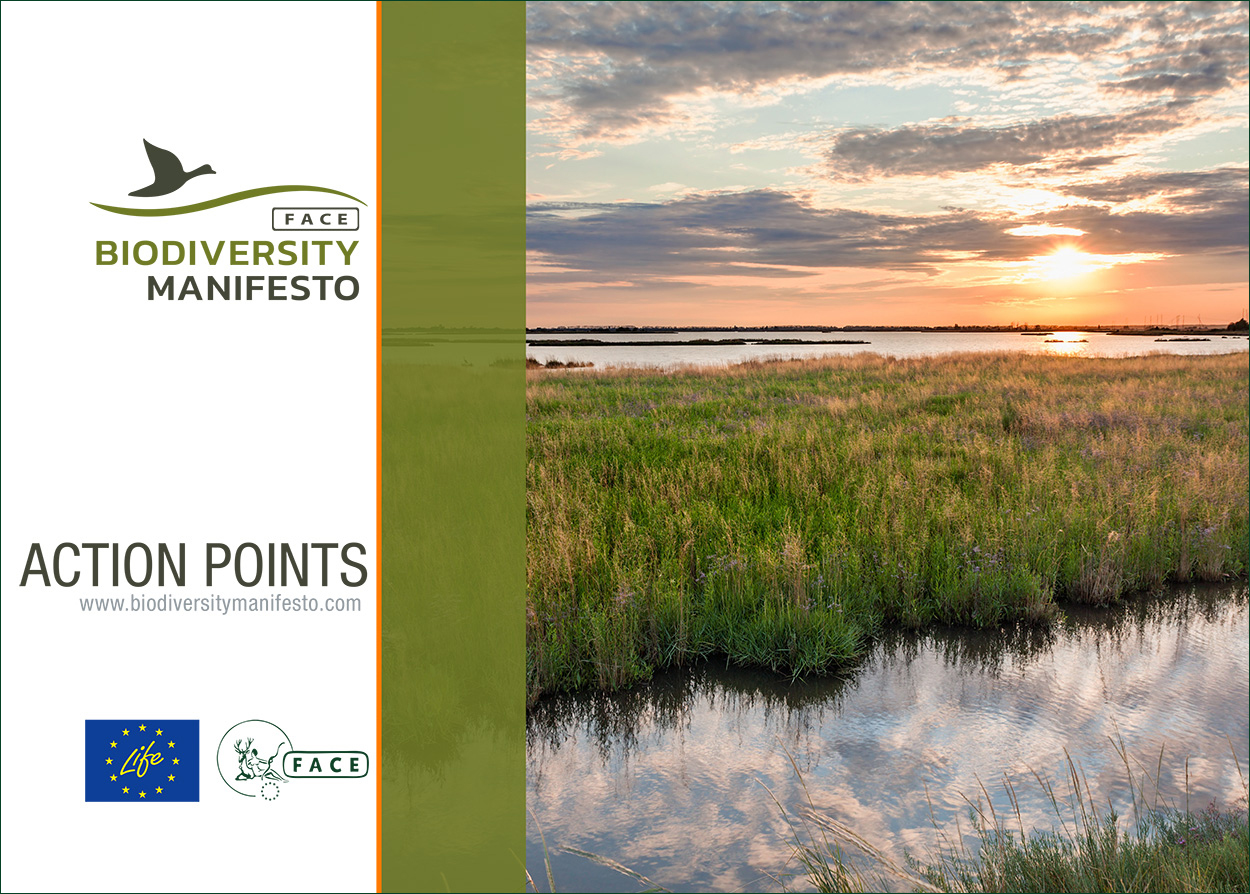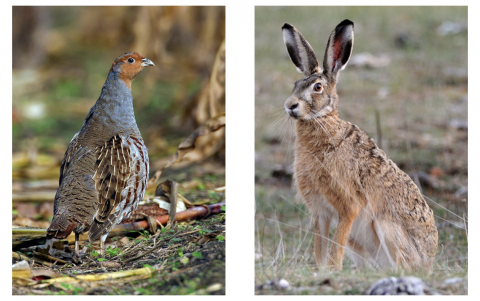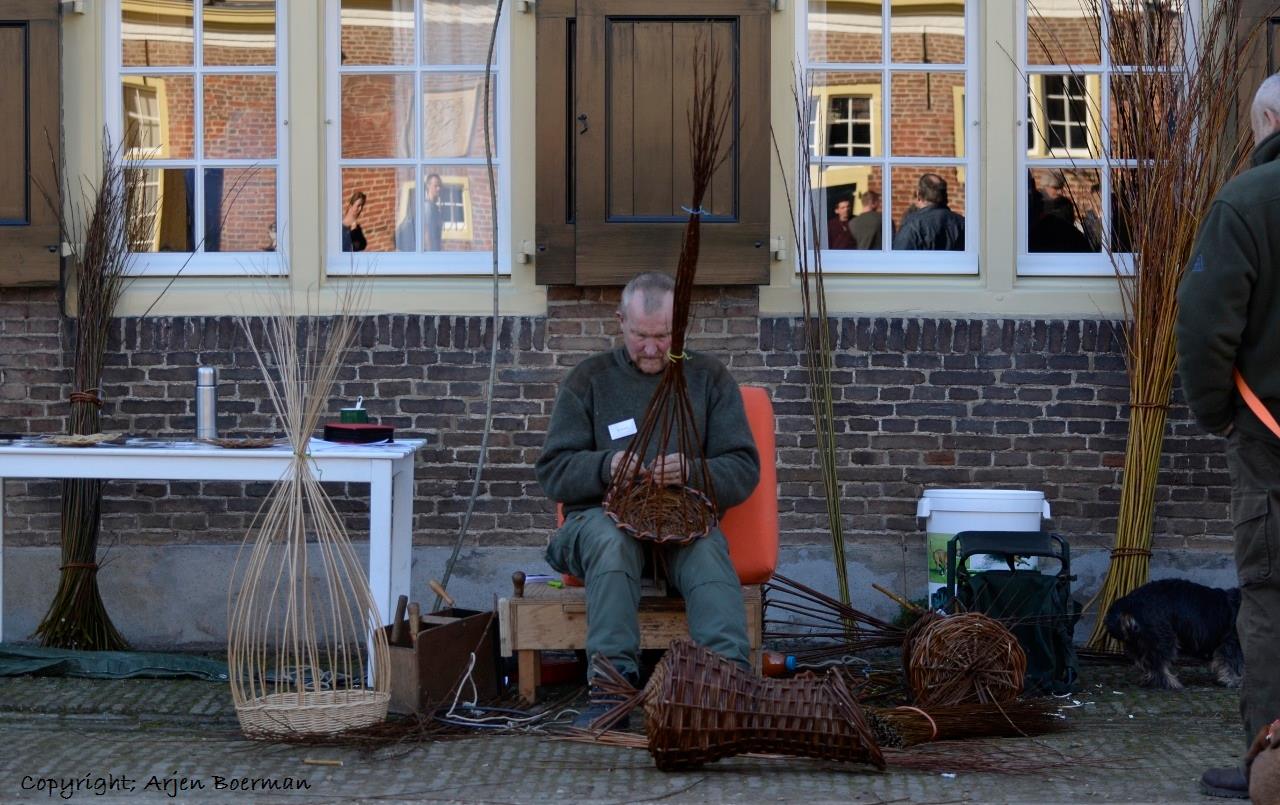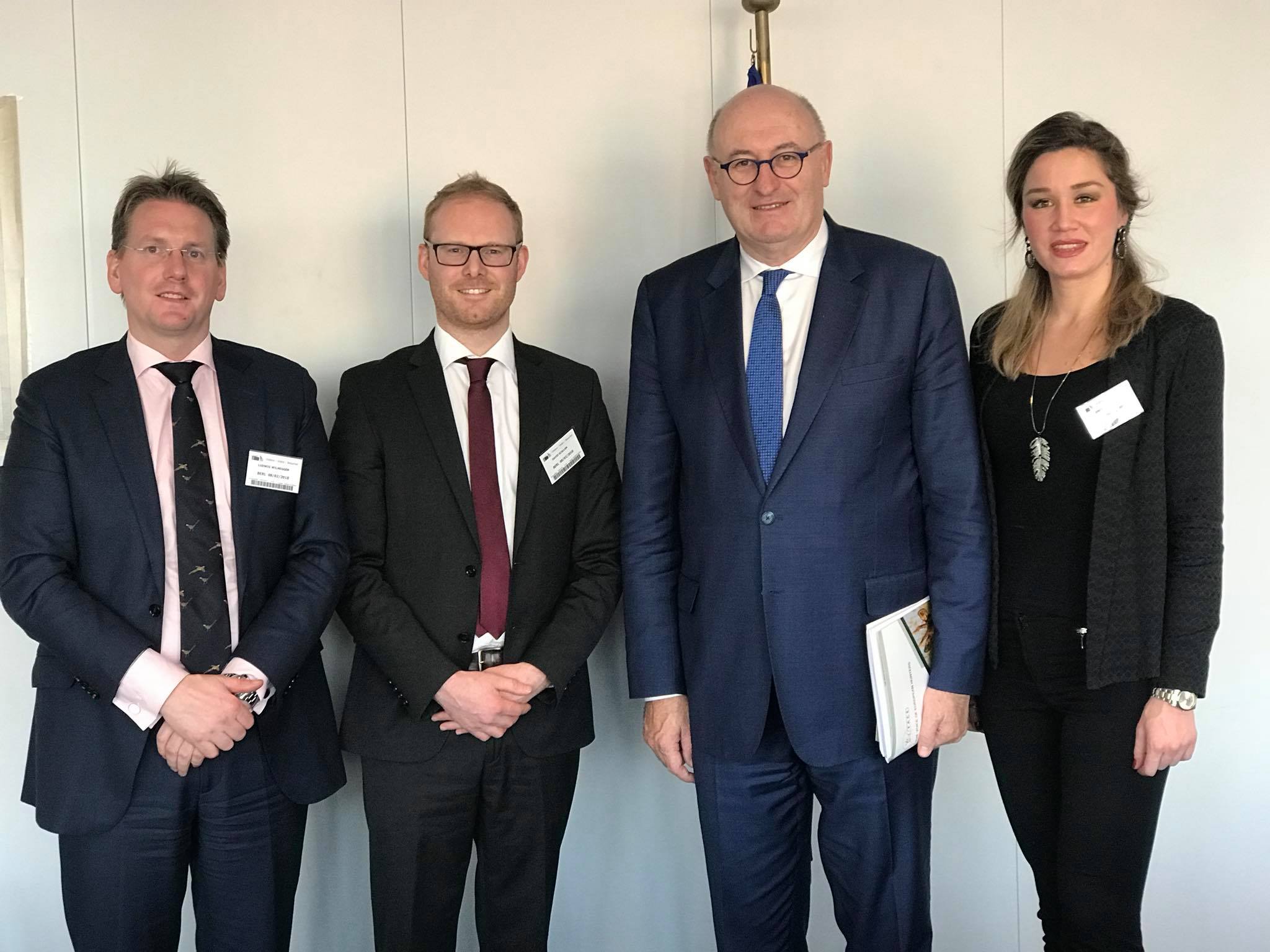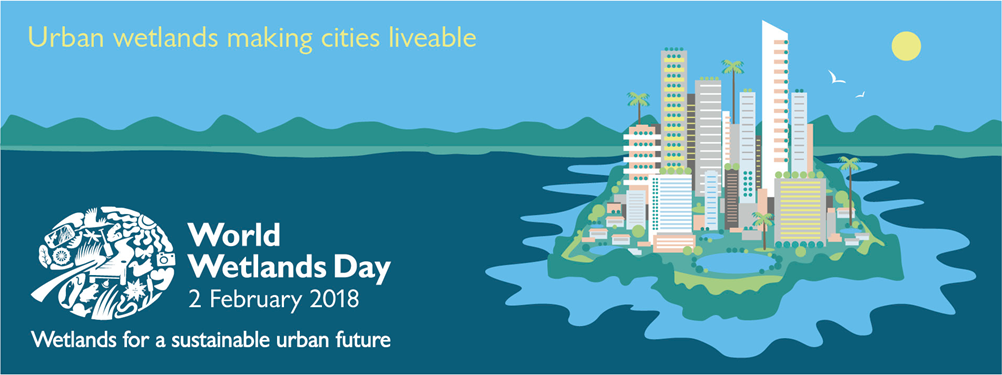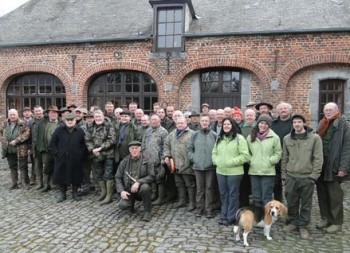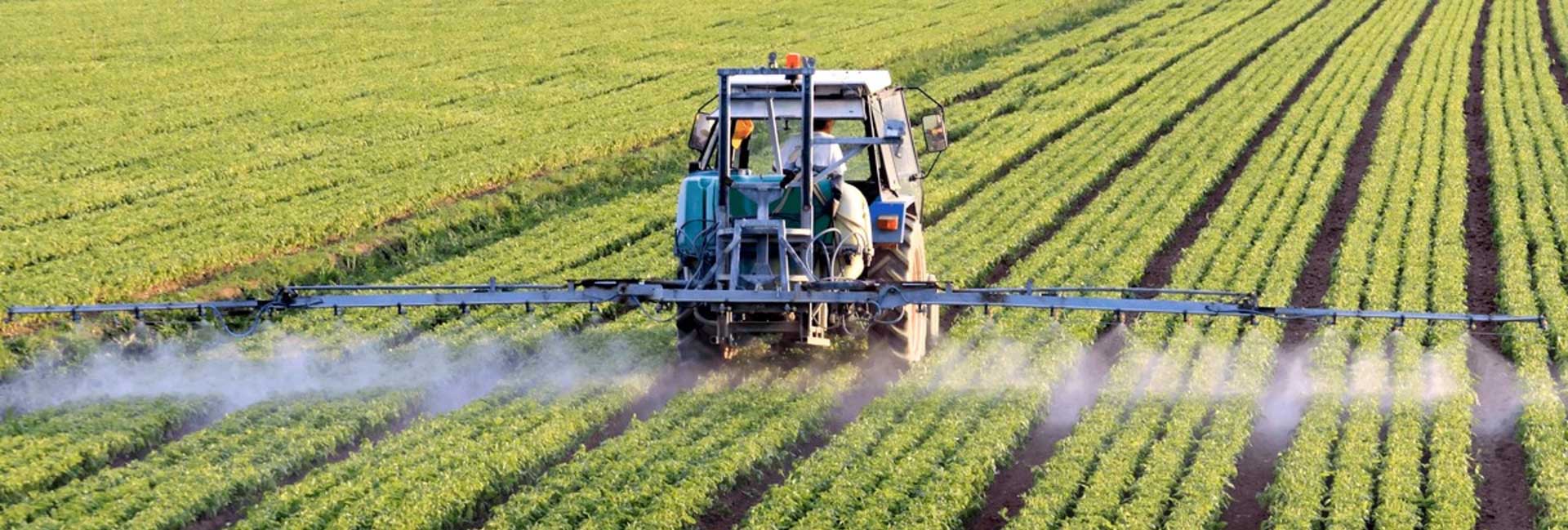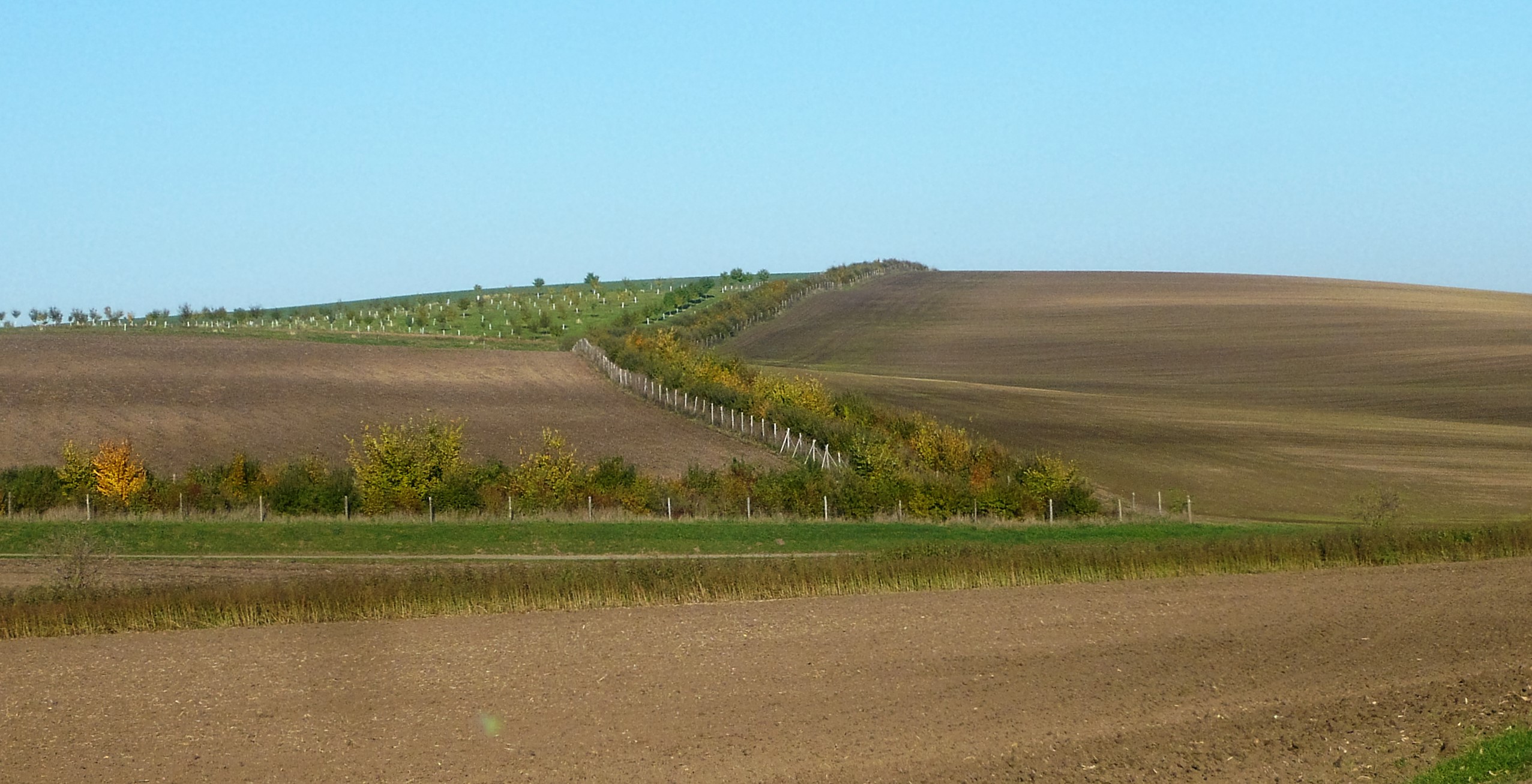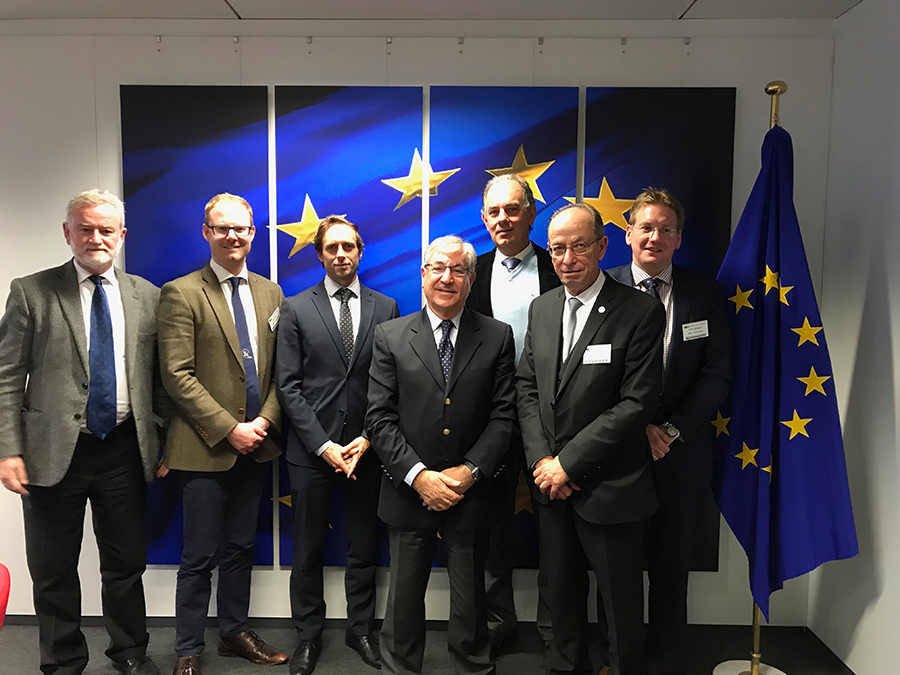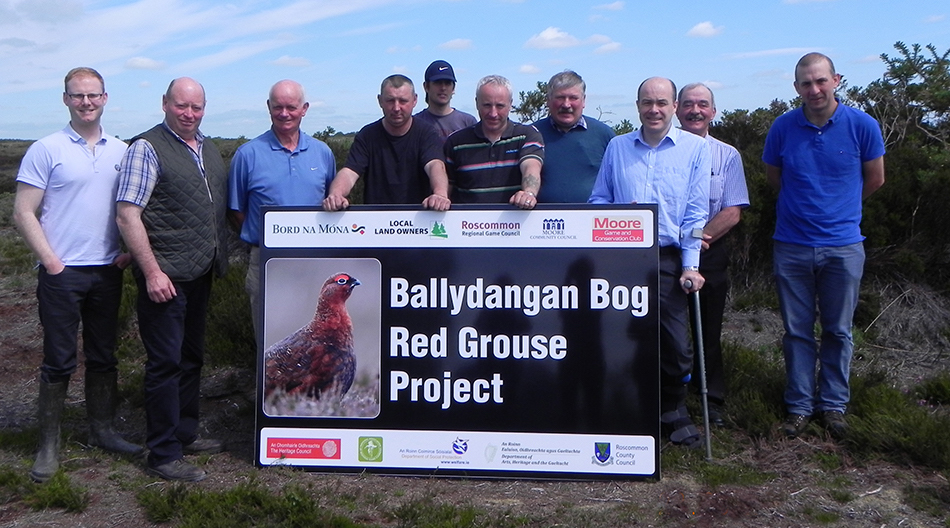Register now for the conference “The Next CAP: Armageddon for hares, pheasants & Co.?” – 04 Sept 2018
Register now for the conference "The Next CAP: Armageddon for hares, pheasants & Co.?", hosted by MEP Karl-Heinz Florenz, President of the European Parliament's Intergroup on "Biodiversity, Hunting, Countryside", and organised in cooperation with FACE - European Federation for Hunting and Conservation. [button size='big' style='' text='REGISTER NOW FOR THE CONFERENCE' icon='fa-arrow-right' icon_color='' link='http://conference.face.eu/' target='_blank' color='#ffffff' hover_color='' border_color='#005000' hover_border_color='#ff7900' background_color='#005000' hover_background_color='#ff7900' font_style='' font_weight='' text_align='center' margin=''] [vc_separator type='transparent' position='center' color='' thickness='' up='8' down=''] European hunters are aware that the Common Agricultural Policy (CAP) is a...
